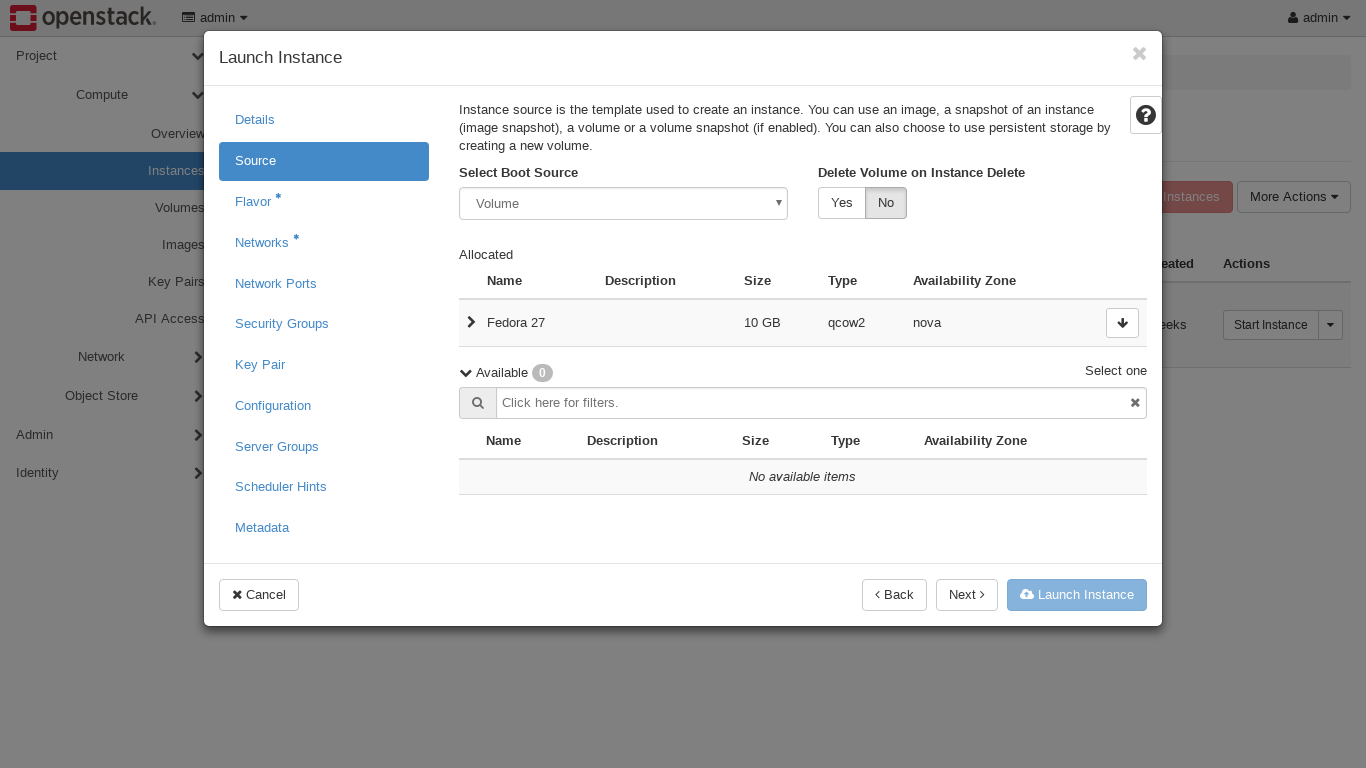
This article will focus on the Transmission Control Protocol (TCP), and Internet Protocol (IP). We will also learn about the Application layer protocols and the Stateless protocol. This will enable you to learn how to implement and use network protocols. You'll also learn about the history of each protocol and their functions.
Transmission Control Protocol
TCP/IP is a combination of the Internet Protocol (IP) and Transmission Control Protocol (TCP). The IP layer determines how packets are moved through a network. The TCP layer ensures reliable data transmission across Internet-connected networks. TCP layers checks packets for error and requests for retransmission, if required. This allows any computer to communicate with any other.
The TCP protocol can be used to reduce latency. A delay in acknowledgment from a receiving device can lead to loss of data. In TCP, data packets are grouped by segments or components. TCP protocol requires that every segment has a checksum field in order to make sure that no two packets have the exact same content. If the checksum field is corrupted, the destination will not send an ACK.

Internet Protocol
Transmission Control Protocol (TCP) is one of the main protocols in the suite of Internet protocols. It was used initially in network implementation. It complemented the Internet Protocol. TCP/IP is the common name for the entire set of protocols. TCP is a data protocol that allows for long-distance communication.
The difference between TCP and IP lies in the way they work. TCP is more reliable than IP and establishes a consistent and reliable communication session. IP acts as a datagram service and is therefore connectionless. IPv4 is still the most common version of the Internet Protocol. However, IPv6 will be more popular for private and public networks.
Application layer protocols
TCP/IP protocol stack includes several layers. Each layer has its own set of rules, responsibilities and regulations. Each layer uses data to communicate information by agreeing on the way it should transmit information. As each layer consists of different components, the protocols that comprise it are similar to a series of building blocks stacked on top of each other. The protocols are often called stacks. This is why they are placed in layers that relate to each other.
The application layer is at the top of the TCP/IP model and specifies the protocols that are used by applications. This layer helps facilitate the communication between applications and the network by providing the necessary access to global information. It is also important in communication synchronization, resource availability, and communication synchronization. An example of this is the application layer, which allows users to access the World Wide Web via remote servers and to receive messages.

Stateless protocol
A stateful protocol means that a server needs to have some information before it can send data. This is essential for computer applications. A server is required to allow a phone to browse the internet. The server handles client requests. Different protocols have different levels or dependency on each other. This dependency is not present in stateless protocols, which means that there is less load on a server.
Because they don't require as much information to be orientated, stateless protocols use less resources than stateful protocols. Stateless protocols have their limitations. Sometimes, a stateless protocol may not work best for a system. For example, it might not be able identify the source for spam messages.
FAQ
Can I create my own website with HTML & CSS?
Yes! Yes!
You now know how to build a website structure. Now you need to learn HTML and CSS coding.
HTML stands for HyperText Markup Language. It's like creating a recipe for a dish. You would list ingredients, directions, etc. Similarly, HTML tells a computer which parts of text appear bold, italicized, underlined, or linked to another part of the document. It's the language for documents.
CSS stands as Cascading Stylesheets. It's like a stylesheet for recipes. Instead of listing every ingredient and instructions, you create general rules about font sizes, colors, spacing and other details.
HTML tells your browser how to create a web page. CSS tells you how.
Don't be afraid to ask questions if you don’t understand any of these terms. Follow the tutorials and you will soon be creating beautiful websites.
What is a "static website"?
A static website can be hosted anywhere including Amazon S3, Google Cloud Storage (Google Cloud Storage), Windows Azure Blob storage and Rackspace Cloud files. A static website can be also deployed to any platform supporting PHP, including WordPress, Drupal and Joomla!, Magento, PrestaShop and others.
Static web pages are generally easier to maintain since they don't constantly send requests back-and-forth between servers. Also, they load faster because there's no need to send any requests back and forth between servers. These are just a few reasons why static web pages can be a better option for small companies who don't have the resources or time to maintain a website.
What is a "static website"?
A static site is one that stores all content on a server. Visitors can access the website via web browsers.
The term "static" refers to the fact that there are no dynamic features such as changing images, video, animation, etc.
This site was originally designed for intranets. However, it has been adopted by small businesses and individuals who need simple websites with no custom programming.
Because static websites require less maintenance, they have grown in popularity. Static sites are easier to maintain and update than fully-featured websites with multiple components (such as blogs).
They also load quicker than their dynamic counterparts. This makes them great for those who have slow Internet connections or users with mobile devices.
Also, static websites are more secure that dynamic counterparts. A static website is impossible to hack. Hackers have only access to data stored in a database.
There are two main ways to create a static website:
-
Using a Content Management System.
-
Creating a Static HTML Website
Which one you choose depends on your requirements. If you're new to creating websites, I recommend using a CMS.
Why? Because it gives you complete control over your website. With a CMS, you don't need to hire someone to help you set up your site. All you need to do is upload files to the web server.
You can still learn code and create static sites. It will take some time to learn to program.
Statistics
- It's estimated that chatbots could reduce this by 30%. Gone are the days when chatbots were mere gimmicks – now, they're becoming ever more essential to customer-facing services. (websitebuilderexpert.com)
- Is your web design optimized for mobile? Over 50% of internet users browse websites using a mobile device. (wix.com)
- In fact, according to Color Matters, a signature color can boost brand recognition by 80%. There's a lot of psychology behind people's perception of color, so it's important to understand how it's used with your industry. (websitebuilderexpert.com)
- Studies show that 77% of satisfied customers will recommend your business or service to a friend after having a positive experience. (wix.com)
- It enables you to sell your music directly on your website and keep 100% of the profits. (wix.com)
External Links
How To
What is website Hosting?
Website hosting describes where visitors go when they visit a site. There are 2 types.
-
Shared hosting is the cheapest. Your website files reside on a server owned by someone else. Customers who visit your website send their requests via the Internet over to that server. You then receive the request from the owner of the server.
-
Dedicated hosting: This is the most costly option. Your website is located on only one server. Your traffic stays private as no other websites can share the same server.
Most businesses choose shared hosting because it's less expensive than dedicated hosting. The company hosting the server will provide the resources necessary to manage your website.
Each option has its pros and cons. These are some of the major differences between them.
The pros of shared hosting:
-
Lower Cost
-
Easy to Set Up
-
Frequent updates
-
It can be found at many web hosting providers
Shared hosting is often as cheap as $10 per month. But keep in mind that this price usually includes bandwidth. Bandwidth is the data transfer speed that you have over the Internet. Even if only you upload photos to your blog or website, high-volume data transfers may incur additional charges.
Once you begin, you will soon see why you spent so much on your previous host. Most shared hosts have very poor customer support. You'll be on your way after they walk you through setting it up.
Look for a provider who offers 24/7 phone support. They will attend to any issues you have while you sleep.
Cons of dedicated hosting
-
More Expensive
-
Less is More
-
Specific Skills Required
With dedicated hosting, all you need to maintain your website are provided. You won't have to worry about whether you're using enough bandwidth or whether you've got enough RAM (random access memory).
This means that upfront, you'll need to spend a bit more. However, once you start running your business online, you'll find that you won't need much technical assistance. You will become an expert in managing your servers.
Which Is Better For My Business, So Which Is Better?
This depends on the kind of website that you want. Shared hosting might be best if you just want to sell products. It's very easy to setup and maintain. It's easy to set up and maintain, as you share a server with other sites. You will likely be updated frequently.
If you are looking to create a community around your brand, dedicated hosting is the best option. You can put your efforts into building your brand, and not worry about how to handle your traffic.
Bluehost.com has both. Bluehost.com offers unlimited monthly data transfers, 24/7 customer support, domain registrations free of charge, and a 30-day guarantee for your money back.